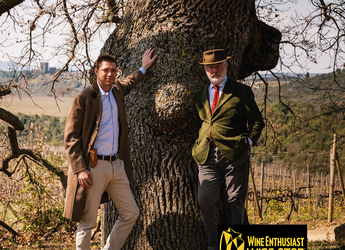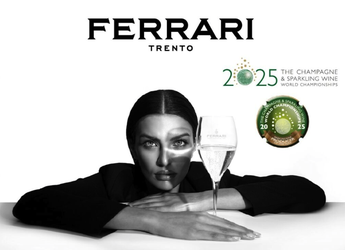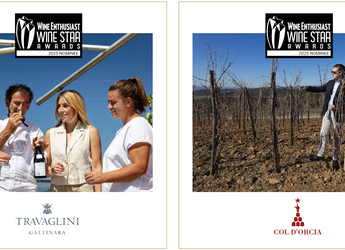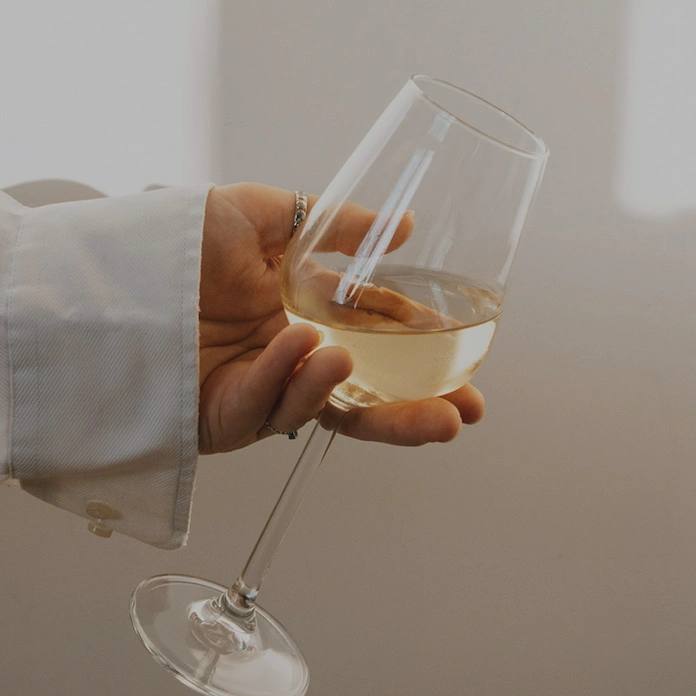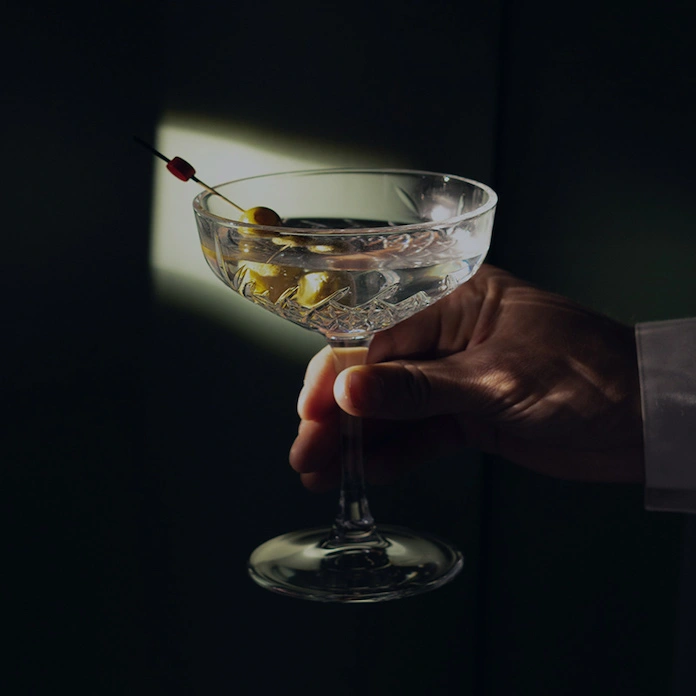Mantras + Mozart
With so much invested in the precious health of their vineyards and the Earth at large, it’s not a stretch to think that Yealands would go one more (albeit experimental) mile in the name of quality.
“I have always been interested in music therapy,” says Christensen. “And when I was at university, I did go to some workshops and things. But in 2019, I went to an ashram in India and did a meditation course. Part of it was chanting these mantras to get our bodies in the zone. It got me wondering, ‘What if I can marry mantra and my love of wine?’”
In 2021, Christensen got a chance to try it. She made Yealands’ single-vineyard pinot noir as normal, but when it was time for aging, the team separated the barrels, putting half of them in one hall and half in another.
“In one hall, I had the Gayatri Mantra playing for six months on repeat, 24/7, while the other wine was just aging in barrel in silence,” she says. “The Gayatri Mantra is meant to bring about oneness, peace, and purity. So, I hypothesized that the mantra wine would be more seamless, more together. Be pure and clean. The jury’s still out, though … before we could really assess any tangible differences, we wound up needing the whole lot for total production, so it ended up in a blend. But yeah, I still sort of play around with it.”
Chanting ancient mantras is one way to try and achieve balance, health, and purity in your wines. Here’s another: start in the vineyard with a Mozart concerto or two.
“There’s a lot of research out there showing that plants that are played classical music are healthier and have more vigor,” says Christensen. “We have solar-powered music stations dotting the property so you can drive around and hear strains of Mozart or Beethoven in different parts of the vineyards. It’s pretty cool.”
The team are still studying the actual effects the symphonic sounds have on vines and health of the grapes, but there is an early indication it’s having some kind of positive influence.







